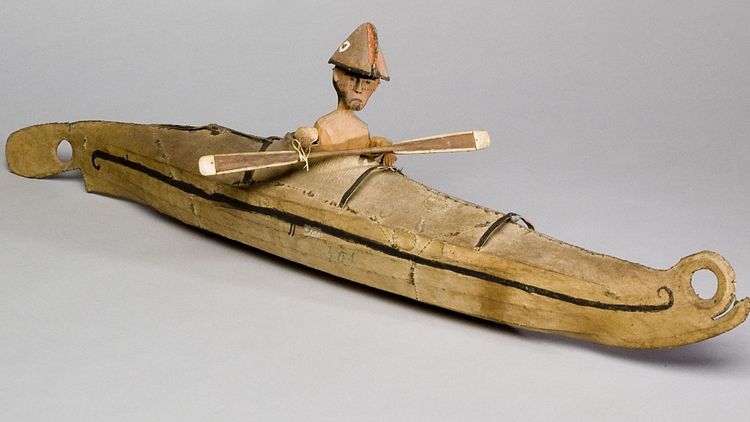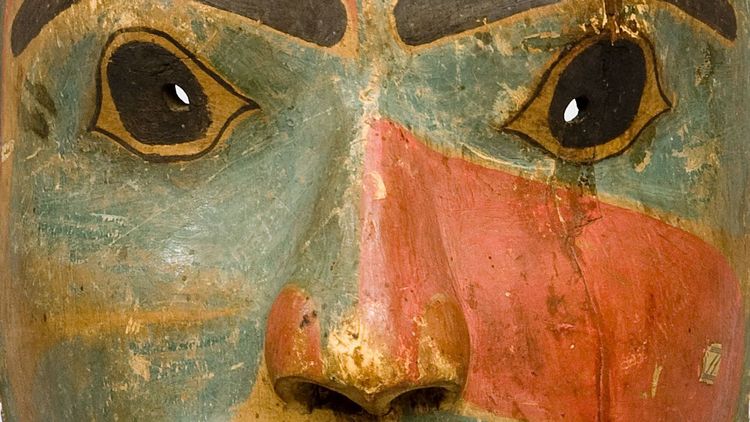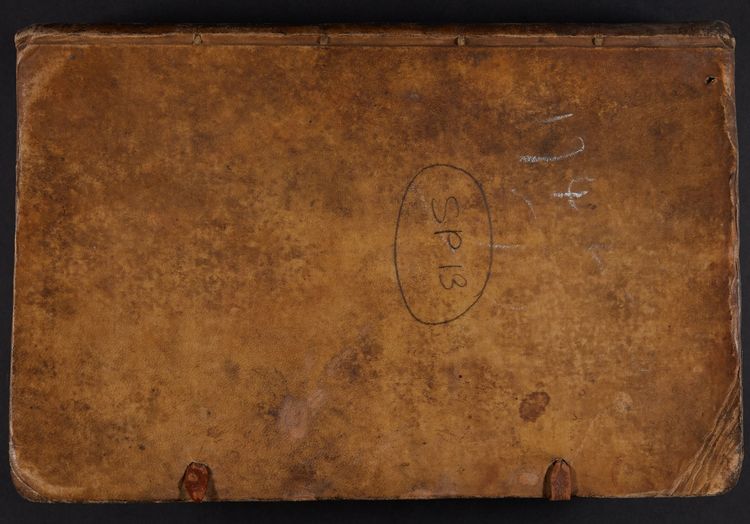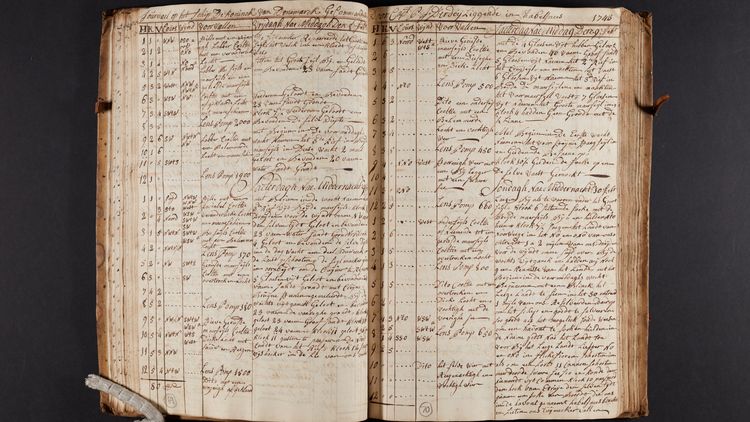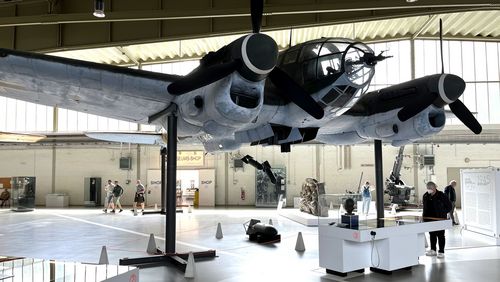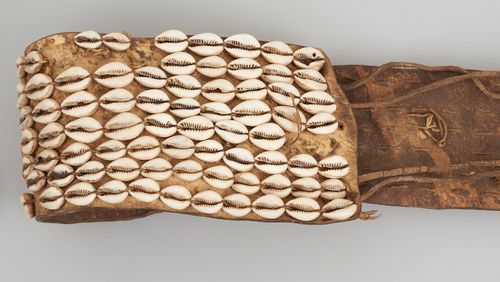How can the so-called cultural heritage of humankind – for example, historical objects and documents in museums and archives – be preserved, interpreted without bias and made more widely accessible using digital technologies? This question is at the centre of a new research network.
The project "Digitisation, Visualisation and Analysis of Collection Items" (DiViAS) will receive 2.7 million euros in initial funding over the next three years from the state of Lower Saxony and the Volkswagen Foundation as part of the "zukunft.niedersachsen" programme. The network is a collaborative project between the University of Oldenburg's Institute of History and Prize Papers Project (which is based at the institute and part of the German Academies Programme), the Institute for Applied Photogrammetry and Geoinformatics at the Jade University of Applied Sciences Wilhelmshaven Oldenburg Elsfleth and the State Museum for Nature and Man Oldenburg.
DiViAS is jointly led by Professor Dr Dagmar Freist, historian at the University of Oldenburg, Professor Dr Thomas Luhmann of the Jade University of Applied Sciences, and Dr Ursula Warnke, director of the State Museum. The Leibniz University Hanover's Institute for Cartography and Geoinformatics and the Head Office of the Common Library Network Göttingen (VZG) as well as various associated researchers from Germany and abroad are also partners in the project.
"We are breaking new ground also at the international level by bringing together previously rarely interlinked methods and practices in the digitisation, research and representation of collections from colonial contexts," says DiViAS spokesperson Dagmar Freist. The project will systematically combine expertise from Museum Studies, History and Cultural Studies with technological and IT know-how from fields such as artificial intelligence (AI), data analysis, geoinformatics and three-dimensional measurement technology.
With this approach, the partners aim to develop new digitally-assisted methods for recording and analysing collections, combine them in an innovative way and make them available to other cultural and scientific institutions as a digital "toolbox". The DiViAS network is "a milestone for digitised cultural heritage", deputy spokesperson Thomas Luhmann from Jade University emphasises. "The accumulated know-how will be useful and impactful for a long time to come – in Lower Saxony and beyond."
The starting point for the project is the extensive collections and archival holdings at the State Museum in Oldenburg and the Prize Papers collection at The National Archives in London, which is the focus of a long-term project of the same name under Freist's direction. The items in both collections date back to the period of European expansion and colonialism. The DiViAS network will contribute to provenance research in this area, exploring their colonial origins.
"The pioneering nature of this project lies not only in its transdisciplinary cooperation but also in the collaboration with researchers from the societies of origin, including historians from the Nelson Mandela University in Gqeberha, South Africa, our long-standing partner university”, Freist explains. “The research network will focus on digitisation, its strategies and technologies by making these themselves the topic, in the sense of a Critical Digital Heritage approach, and understanding them as a process of digital collection transformation.” The project will involve researchers from the Canadian Museum of History in Ottawa (Canada), the Université de Dschang (Cameroon) and Leuphana University Lüneburg. Professor Dr. Sebastian Vehlken, a media scientist who conducts research at the University of Oldenburg and the German Maritime Museum in Bremerhaven, is also participating.
Two conceptually linked case studies form the core of the project. The first aims to trace and digitally map the "Movement in Space and Time" of historical objects, initially on the basis of the shipping routes documented in the logbooks which survived among the Prize Papers, kept at The National Archives in London (TNA). The second deals with "Materiality in Space and Time" and focuses on the characteristics (physicality), provenance and trajectories of historical objects like those at the State Museum for Nature and Man.
Ursula Warnke, director of the museum and deputy spokesperson for DiViAS, sees the collaborative project as "an opportunity" to examine the museum's collections in even greater depth. “These case studies will serve as a foundation for analysing and critically reflecting on our current knowledge and interpretation of collection items as well as for refining methods and technologies in the field of data collection," Warnke underlines.
In addition to providing the tools for an innovative approach to the digitisation of cultural heritage, the research network will develop concepts for interactive exhibitions and citizen science projects.

